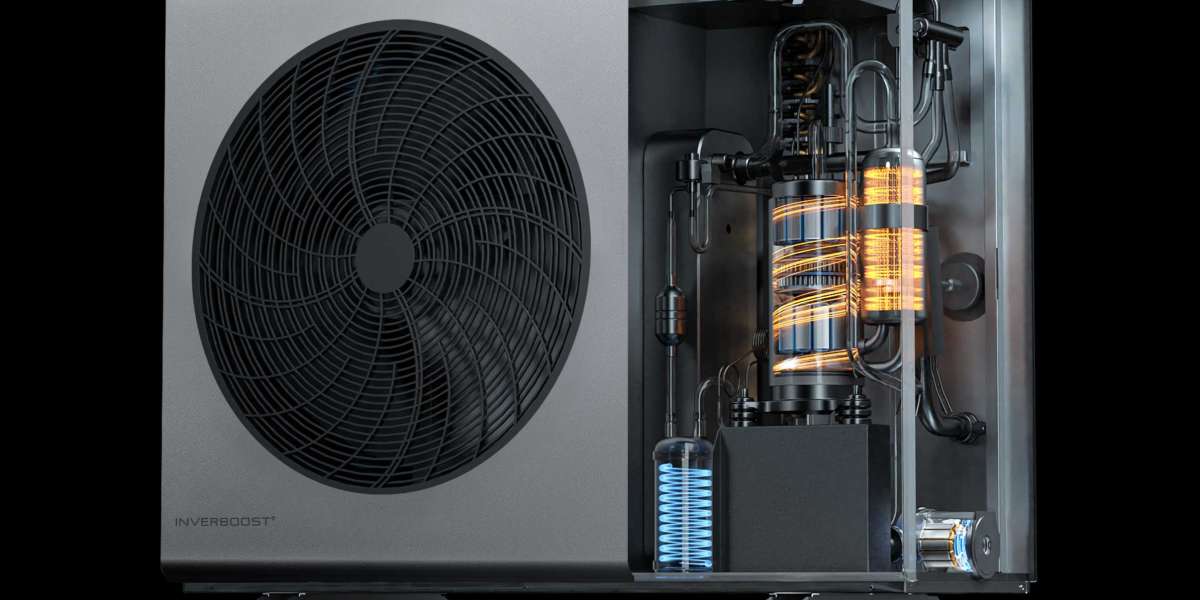The food blenders and mixers market size was valued at approximately USD 8.0 billion in 2022 and is anticipated to expand at a compound annual growth rate (CAGR) of 6.0%, reaching around USD 10.8 billion by 2027. Blending and mixing ingredients is an essential process in food production, making food blenders and mixers indispensable to the industry. Consequently, companies are introducing advanced blending and mixing technologies that enhance efficiency and reduce processing times. These advancements are projected to drive growth in the food blenders and mixers market.
Food Blenders and Mixers Market Drivers: Shifting Consumer Demands Fuel Growth in the Food Processing Sector
Food and beverage processing transforms raw materials and various ingredients into consumable products through physical or chemical methods. In the past, manufacturers in this sector relied heavily on traditional techniques and labor-intensive practices, which limited production output and increased costs due to the workforce required, waste, and longer production times. The primary operation in this transformation is mixing, which is essential for creating food suitable for consumption. To address these challenges, the food and beverage processing industry has seen significant advancements, particularly with the introduction of food blenders and mixers. These machines facilitate the processing of various products across sectors like bakery, dairy, and confectionery, depending on the mixing phase (liquid-liquid, solid-liquid, or solid-solid) and the physical characteristics of the final product, such as viscosity and density. Consequently, the blenders and mixers industry has a promising outlook due to the growth in food and beverage processing.
Increasing per capita income and a rising trend toward snacking between meals are driving demand for ready-to-eat (R.T.E) products, nutrition bars, extruded snacks, bakery items, batter-coated products, and soups and sauces. Consumer preferences in emerging markets like China, India, Brazil, and the Middle East have shifted from traditional homemade meals to ready-to-eat options over the past few decades. In response to this growing demand, companies are investing in boosting their production capacities. They are adopting modern mixing and blending techniques to reduce time, minimize labor costs, and decrease waste, resulting in higher-quality products at lower costs and improved sustainability. Recent innovations in food processing and packaging aim not only to enhance productivity but also to integrate advanced automation, control, and monitoring systems. Many global players have upgraded their facilities with multifunctional equipment, driving growth in the food processing equipment sector and further increasing the demand for blending and mixing equipment.
Food Blenders and Mixers Market Opportunities: Increase in demand for innovative blenders mixers for special ingredients
Blenders and mixers play a crucial role in combining nearly every ingredient in the food and beverage industry. However, some ingredients, like xanthan gum, present challenges when mixed with water. Known for its thickening and stabilizing properties in emulsions and suspensions, xanthan gum tends to form a gel structure in water, which exhibits shear-thinning behavior. To enhance its effectiveness, it is often combined with other rheology modifiers like guar gum. Despite its benefits, xanthan gum can clump when mixed with water, leading to mixing difficulties. Various dispersion and hydration techniques are employed to address this issue. An advanced high-shear mixer can effectively solve this problem by creating a lump-free dispersion and fully hydrating xanthan gum much more quickly than traditional methods. This innovative blender and mixer technology opens up new opportunities for manufacturers to thrive in niche markets.
Europe is expected to hold the largest market share throughout the forecast period.
Food manufacturers are increasingly investing in advanced processing machinery to minimize processing times and improve operational efficiency. This region’s food processing sector is experiencing a transformation through automation, creating additional opportunities for manufacturers of food blenders and mixers. Furthermore, the sector’s rapid annual growth is generating even more business prospects for these manufacturers.
Top Food Blenders and Mixers Companies:
The key players in this market include GEA Group (Germany), Tetra Laval (Switzerland), SPX Flow (US), Alfa Laval (Sweden), Marel (Iceland), Krones AG (Germany), Sulzer Ltd (Switzerland), Buhler (Switzerland), JBT (US), KHS Group (Germany), Hosokawa Micron Group (Japan), Amixon GmbH (Germany), Technosilos AP (Italy), Admix Inc. (US), and Nano Pharm Technology Machinery Equipment Co. Ltd. (China). To strengthen their market position in the global food blenders and mixers market, these players focus on strategies such as recent developments, acquisitions, collaborations, and partnerships.
GEA Group is one of the largest suppliers and solution providers for food processing technology and related industries. It manufactures, develops, and produces process technology and components for the food processing and related industries. It provides products services to beverage, chemical, dairy, dairy farming, environment, food, heating refrigeration, home personal care, marine, oil gas, energy, and pharma healthcare industries across the globe. It operates in over 62 countries worldwide, covering regions, such as Asia Pacific, Europe, the Americas, Africa, and Middle Eastern countries. The company’s business operations are segmented into five divisions: Separation Flow Technologies, Liquid Powder Technologies, Food Healthcare Technologies, Farm Technologies, and Heating Refrigeration Technologies.
Tetra Laval has served as one of the top leaders in the food processing packaging solutions business for over 70 years. The company’s business operations have been segmented into three entities: Tetra Pak, DeLaval, and Sidel. Tetra Pak’s product portfolio includes carton packages, processing equipment, packaging equipment, and distribution equipment automation solutions and services. Tetra Pak is a leading provider of processing equipment for the food beverage industry. Tetra Pak products are uniquely equipped to provide solutions that meet their customers’ needs.
Tetra Laval offers a wide range of blender and mixer equipment to the food beverage industry players around the globe through its Tetra Pak segment. This segment offers a variety of processing equipment catering to technological areas, such as blending buffering, carbonization, separation, cleaning-in-place, dosing, evaporation, extraction, heat exchangers, homogenization, membrane filtration, mixing, pasteurization, powder handling, selected plant components, spray drying, standardization, sugar dissolving, sugar treatment, UHT treatment, and automation information solutions. The company’s customers come from the dairy, cheese, ice cream, beverage, and prepared food sectors. Tetra Pak operates in more than 160 countries across Asia Pacific, Europe Central Asia, the Americas, and Greater Middle East Africa, with over 55 plants. Of these 55, 15 are exclusively dedicated to processing solutions production facilities, 11 RD units, and 11 technical centers. The company specializes in providing complete solutions designed to be economical to process package dairy products, juices nectars, ice cream, cheese, dry foods, fruits, and vegetables using Tetra Pak lines, particularly for developing markets.
Request Sample Pages: https://www.marketsandmarkets.com/requestsampleNew.asp?id=154311361



